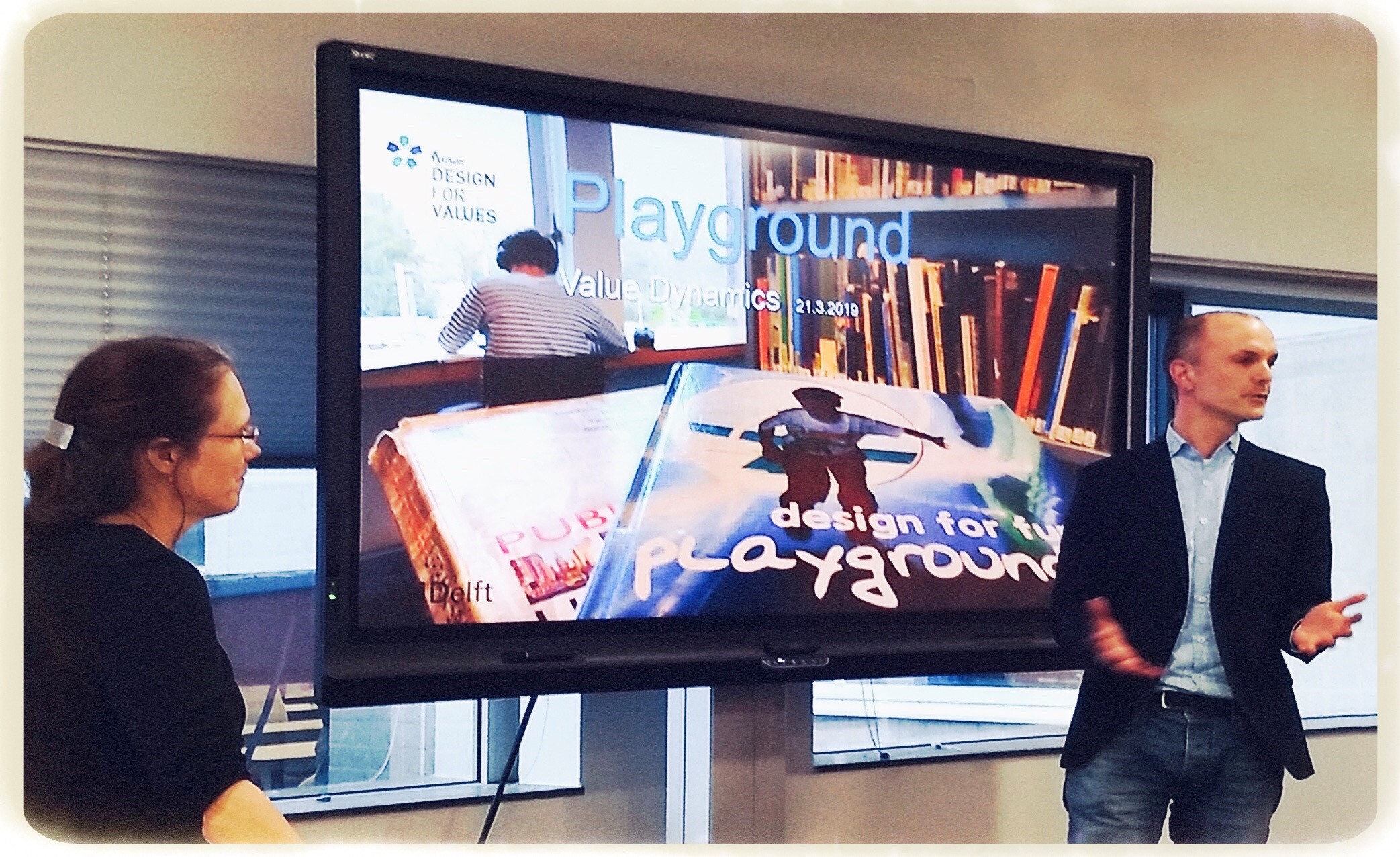Participants of the 2019 summer school will explore interdisciplinary approaches towards a sustainable integration of designing disciplines for smart urban mobility and the new urban development area Haven-Stad in Amsterdam. They will deal with the following themes: the role and function of smart urban mobility, including mobility as a service (MaaS) and emerging mobility options; travel behaviour of a growing number of users; sustainability challenges and fairness in transport planning; public and semi-public spaces (and social dynamics therein); exploration of alternative, marginal and emerging social uses of urban developments as meeting places and culture; urban integration in the overall mobility system; the interface between architecture and infrastructure with the urban fabric; programming of future transport nodes and the accessibility to and from such transport hubs of all types of smart mobilities (e.g. conventional public transport, shared mobility, autonomous taxis, etc.).
Stations as Nodes
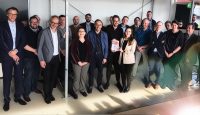 .
. 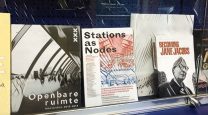
Official book launch Stations as Nodes
See also: Metropolitan Stations and Integrated Mobility Challenges
Approaches to Value Dynamics
The theme of this playground meeting has been ‘value dynamics’. We have touched upon questions like: How to deal with value dynamics when designing for values? How can we successfully operationalize values to inform design decisions, whilst anticipating possible value changes? How can we make our designs able to adapt to value changes in society? How does the theory apply to specific application areas, such as architecture and urbanism?
Two pitch presentations have kickstarted interdisciplinary discussions:
Design for Changing Values (ERC granted research project)
by Ibo van de Poel
Historical and Spatial Approaches to Value Dynamics
by Carola Hein and Maurice Harteveld
when:
21 March 2019, 12:00 to 13:30h
where:
Delft University of Technology
Faculty of Technology, Policy and Management
Classroom H (31-A1-210)
Metropolitan Stations
Places for Change and Innovation
A train station has always been a space for many and it is about time to be approached and designed as such. The urgency is there. Stations have become an intermodal hub with a large crowd being present. From a human perspective, it makes sense: Stations are part of the larger network of public spaces, indoors – outdoors, and interlink other hybrid places and buildings. The more people flock to the city, the more move and stay at stations and/or elsewhere close-by. The role of stations in the network strengthens. More and different people are present. As such, from the observation that the whole is more than the sum of fixed demarcated elements, ever-changing human hubs are perfect settings for place-based innovation in design and by design, because where people move, society changes, and where strangers meet change takes place.
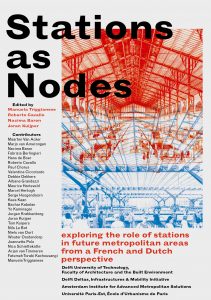
Read the article: Metropolitan Stations, Places for Change and Innovation (2018) by Maurice Harteveld (c)
See also: Station as Nodes and Integrated Mobility Challenges
Living Labs in the City
In trans-disciplinary urban challenges, the application of ‘a living lab’ plays a central role. A pioneering model has emerged in our design of the Master programme Metropolitan Analysis, Design and Engineering. Currently, others follow this model and the idea of the urban living lab seems attractive. “It enables us to get to a feasible solution more quickly”, I am explaining in the magazine ‘Home of Innovation’. Students work with all stakeholders on a problem with lots of unanswered questions. The keyword here is ‘co-creation’: collaboration is key at all stages of learning. “No single actor can make metropoles move in a specific direction”, I’ve elaborated: “Metropolitan solutions require cooperation between knowledge experts, as well as between city, citizens and civil society.”
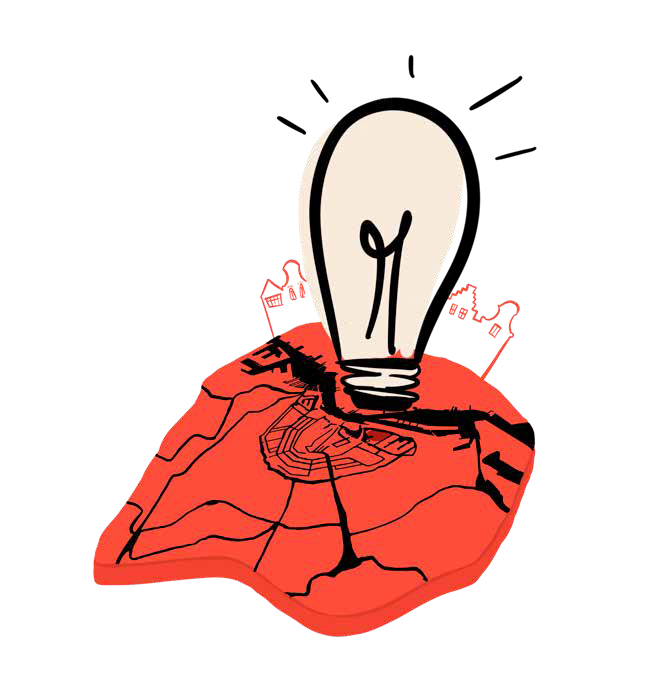
Read more in an interview with me by Jurjen Slump:
Living Labs play a Central Role in Master’s Degree Programme – Education: Master Programme Metropolitan Analysis, Design and Engineering, In: Home of Innovation, special January 2019, pp. 18-19
10 Visions, 5 Cities
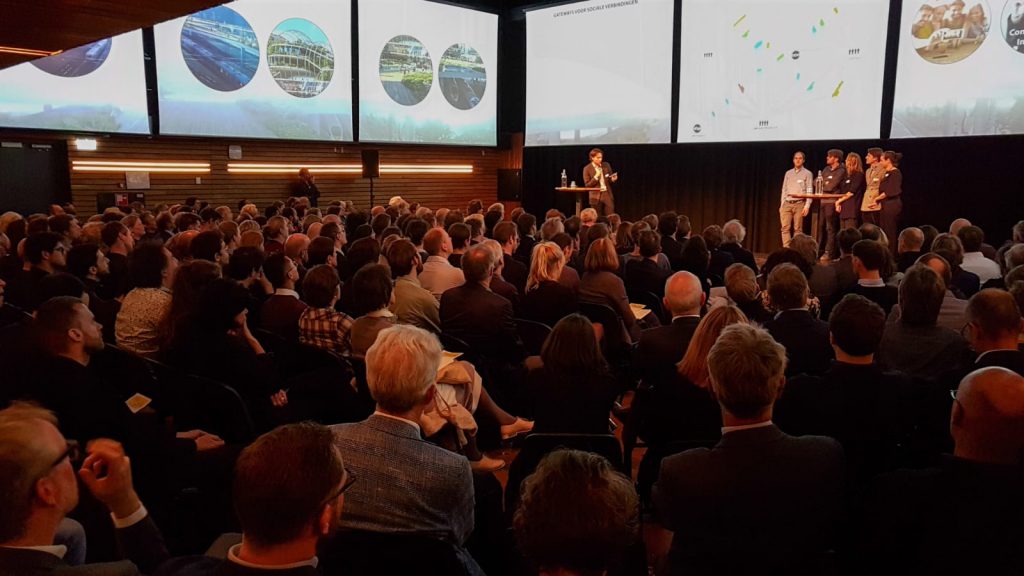
“After 9 months of researching, designing and discussing new ways of making a city, the results of the design research De Stad van de Toekomst (The City of the Future) have been presented in a festive closing event on 30 November. Over the course of 2018, design teams, municipalities and a large network of involved experts worked on integrated designs for five test locations of 1 × 1 km in Amsterdam, Rotterdam, The Hague, Utrecht, and Eindhoven. The central question: How can the major transitions that we stand for as a society help to create attractive and future-proof urban environments?” (source)
Happy to contribute as an expert.
Stad van de Toekomst (closing event in Dutch only)
‘De 10 Ontwerpvisies voor de 5 Grote Steden’
when:
30 november 2018
where:
Pakhuis de Zwijger
Piet Heinkade 179
Amsterdam
See also: City of the Future Competition
Pasáži Renesance
Prague has more arcades than Paris. Still, they are less known. This is unfortunate, because these arcades underlining the identity of Prague and the Czech Republic. This is underpinned particularly during the 1990s arcade renaissance. New arcades have been designed, like Pasáž Jiřího Grossmanna (1995 –1996), Rathova Pasáž (1996), and the redesign Hrzanska Pasáž of 1702-1704 (1996). These projects have upgraded existing arcade systems, introduced new styles, but foremost new hopes… It echoed an update on the Czech Awareness.
Throughout history we have seen this happen in the design of arcades in Prague. This particular study brings us back to the rise of Bohemian identity and unfolds an epistle illuminating an alternative arcade project. As such, the study reframes relations between design of public space and society and provides a way to understand shifts in these.
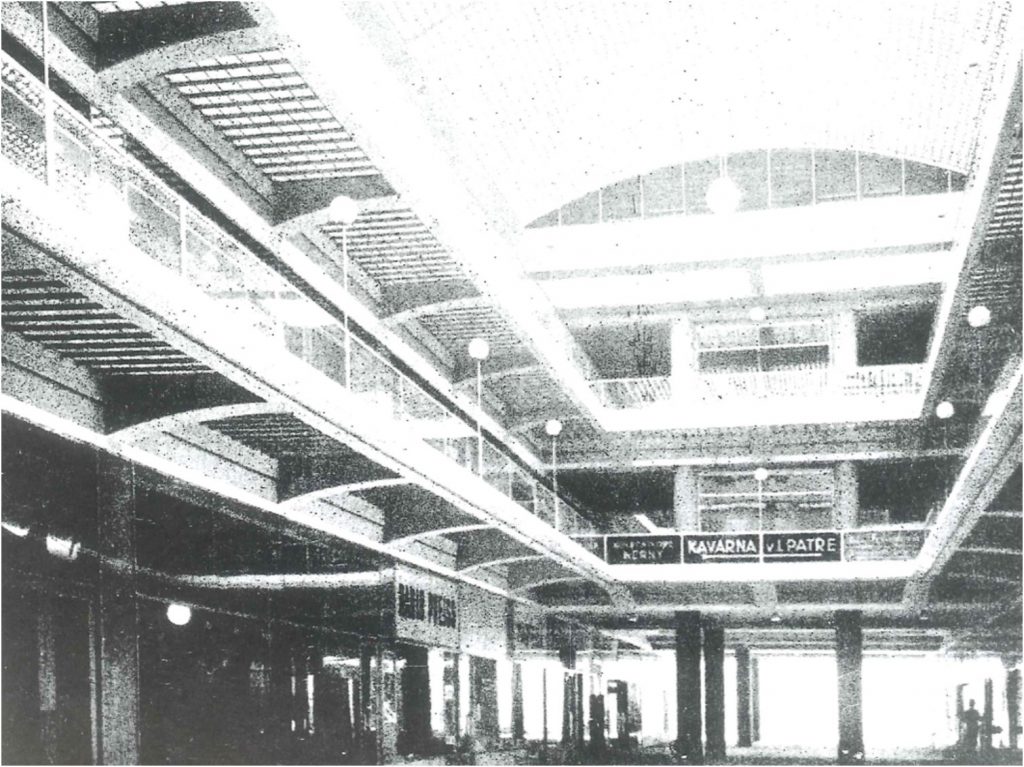
Pasáže Černé Růže (1936), by Oldřicha Tyla
Pražské Pasáže
Arcade Projects in Prague
Public Buildings | Urban Architectural Design | Contextual Assignment
as projects for people, and projects within Society
Department of Urbanism
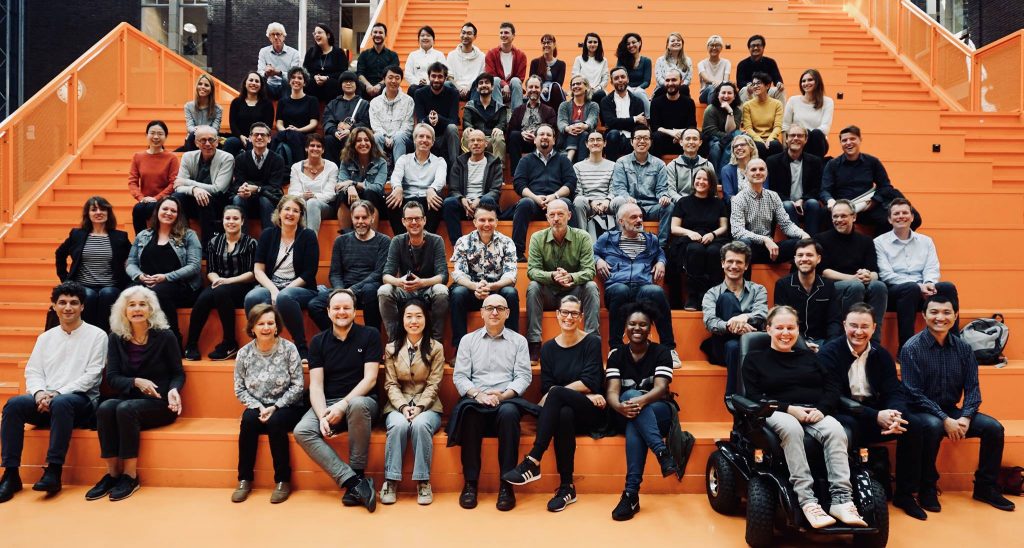
“This is the Department of Urbanism of the TU Delft for you, folks! We are a big bunch of people from all over the world working to make ou cities, regions and communities more sustainable, fair and inclusive.” (source)
Re-Learning Public Space
An Action Research Event
When: 28th – 30th June, 2018
Where: AMS Institute, Mauritskade 62, 1092 AD Amsterdam
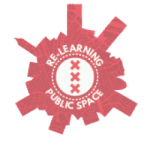
Urban researchers, planners, communication experts, geographers, architects, as well as active citizens, policy makers trace the stories behind contemporary appropriations of public space. They identify related dilemmas and formulate research questions by liaison with locals, designing an alternative city guide inspired by a set of broad, yet timely themes: The ludic team focusses on the affordance of creative reuse an play in the city, grounded in co-creating public space. The circularity team focusses on self-sufficiency in the city, as manifested by places of gathering and sharing and tangible in productive urban landscapes. The informal team focusses on emerging inequalities and politicisation/de-politicisation, as a result of global commons and local governances of urban places. The wild life team shifts focus to the place of animals in our city. The mass tourism team shines the light on the effect of visitors, travelers, and short-stay residents on the public sphere.
Continue reading
Conversations in the Anthropocene

Introducing the Anthropocene
Colin Waters is Secretary of the Anthropocene Working Group of the Subcommission on Quaternary Stratigraphy, the body investigating the Anthropocene as a potential geological time unit. His working group is putting forward a proposal towards the recognition of the proposed new epoch. They started in 2009 and up until last year, they were pulling together all information that was available. “For example the biological changes that have happened are irreversible. Once species are transferred across the planet, you can’t put them in a box and put them back in their indigenous state”, he has explained while being our guest in Delft: “Even things like carbon dioxide, this will last as a signal for thousands of years. Even if we are reducing our carbon emission immediately, we are still looking at emissions which are going to be elevated above natural levels for thousands of years. At the present, there is no indication that we are changing that trend.” The human impact may be like a meteorite impact. At the end of the Cretaceous Period when the dinosaurs became extinct, a spike of iridium (an extra-terrestrial element) changed the conditions on Earth. “You still find a layer of a few millimeters thick which is high in iridium, and we can use that as the basis of the start of the new Paleogene Period following the Cretaceous.” It has been “a state change, a game-changer, to a state which now is very different from what it was before and is not recreatable to a large extent either.” What is our share, as designers?
Architecture is perhaps one that we have not mined sufficiently in the past that can provide information that is new to us and help build the story that we are developing. – Colin Waters

